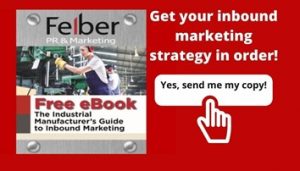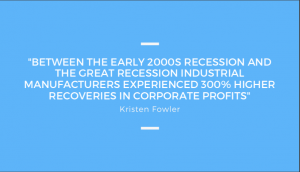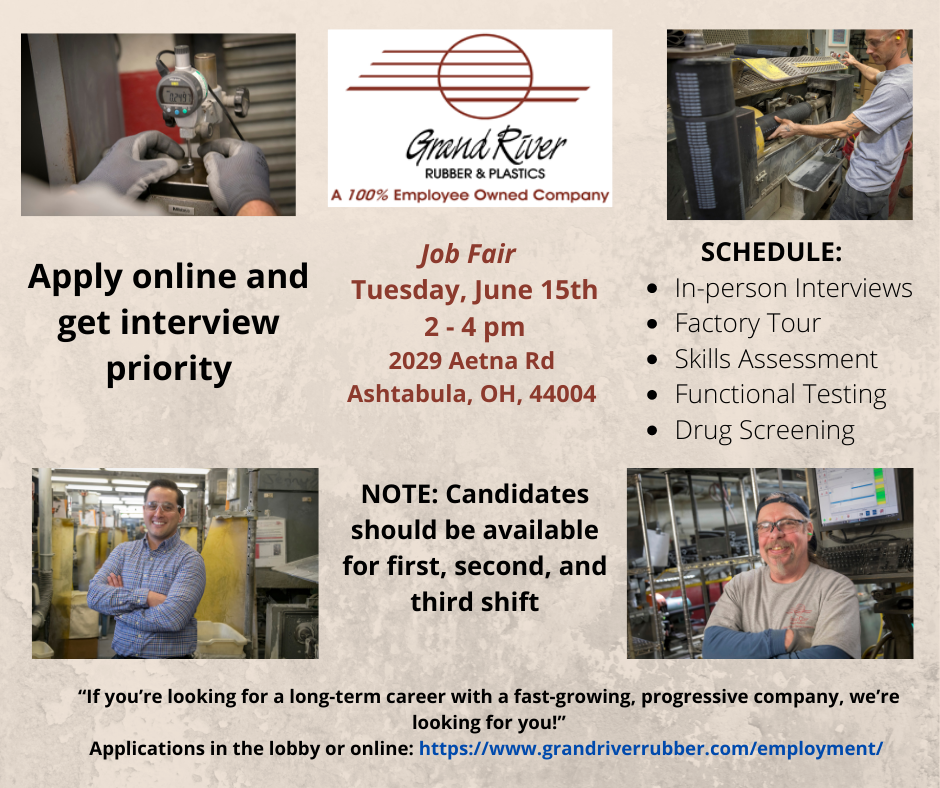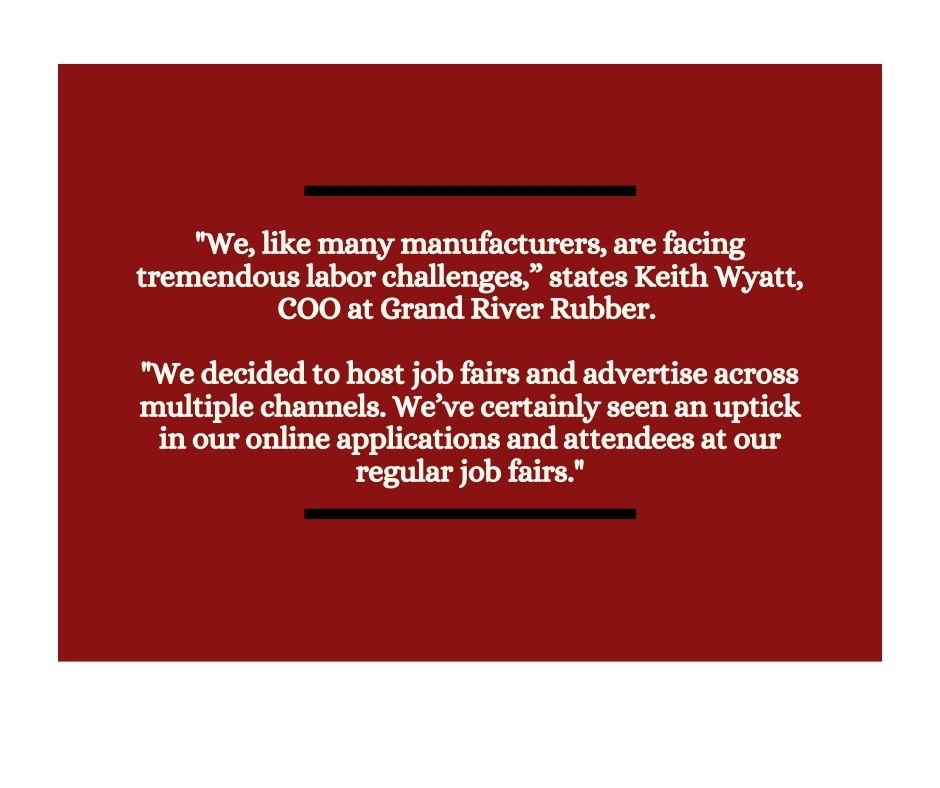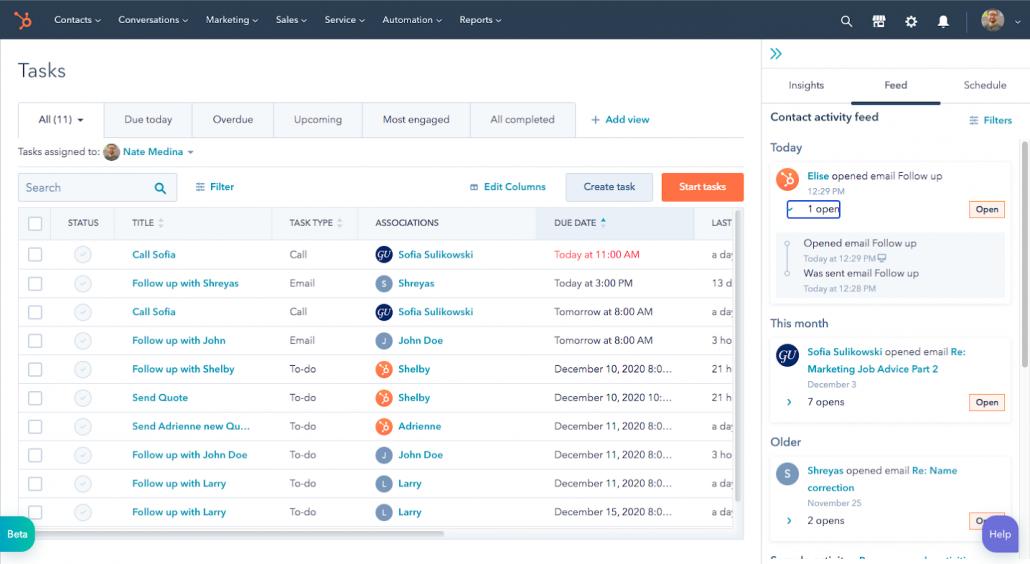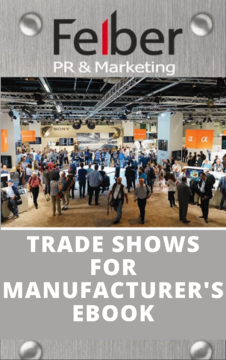5 Tips for Getting Better Product Photos
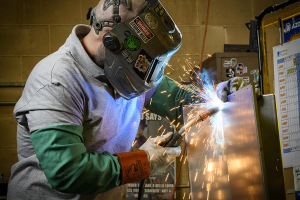
Shooting quality industrial and product images is a specialty, even among professional photographers. But between blog posts and social media content, you could probably use more high-quality and up-to-date images of your products and processes.
We’ve written before about the importance of minding the details when taking photos – making sure everyone in the frame is wearing proper safety equipment, for example, and not including any sensitive information, like part numbers or customer names – but this list is a little different.
5 Tips for Getting Better Product Photos
- LIGHT IT UP: When it comes to photography, more light is always better, and natural light is always best. Do you make your products outside? No. But if you can take your product outside to get a picture, do it. Hint: move the item around to get the best light, meaning no shadows and no glare. You may need to move around, too, standing on a step stool to properly frame the products.
- Use a tripod or other brace for the camera. Camera shake is a thing. A bad thing. The more still the camera, the better the resulting image. Trust us on this.
- Invest in a good…piece of white poster board! Almost anything you photograph looks better on a white background. (Seriously) Among other things, the stark white background will focus attention on your product and reduce shadows in the image. It’s the best buck-fifty you’ll ever spend on camera equipment!
- Side-eye it. Professional photographers discuss the “rule of thirds” at length. Suffice to say, it’s not always best to frame the main subject in the center of the image.
- Love the image? DON’T SHARE IT until you run it by committee. We’re not talking about a formal committee, but do remember to get some other people to review the photos before sharing. After you’ve followed all of this good advice, you’ll probably be pretty happy with your images. (You’re welcome.) However, you may be seeing what you want to see. Before sharing any of your images, show them to a few people inside the company and ask them to tell you what they “see” in the image. Then ask someone from outside the company to describe what they see. A second (and third, and fourth) set of eyes is always valuable.
Professional photography is critical for your website, and all of your marketing material. Here are a few websites that we coordinated professional shoots for still and video. https://www.mikafab.com/ and https://www.grandriverrubber.com 
But we get it – no one has an unlimited marketing budget.* When you need to grab some quick pics, though, these tips will help you get the best images out of a basic point-and-shoot camera or even your phone.
*if you do, call us!
If you’d like to get more leads for your sales team, we can help you with that, too. Get in touch. Or, grab 15 minutes on Rob Felber’s schedule.

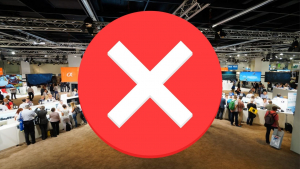


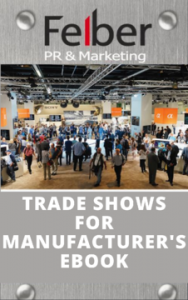
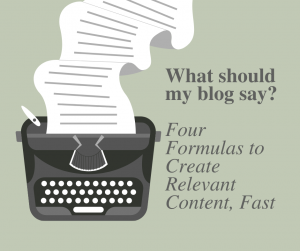
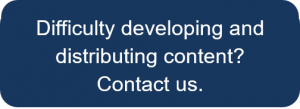

 Call to Actions (CTAs) are how manufacturers engage visitors on their website. You see them all the time.
Call to Actions (CTAs) are how manufacturers engage visitors on their website. You see them all the time. 